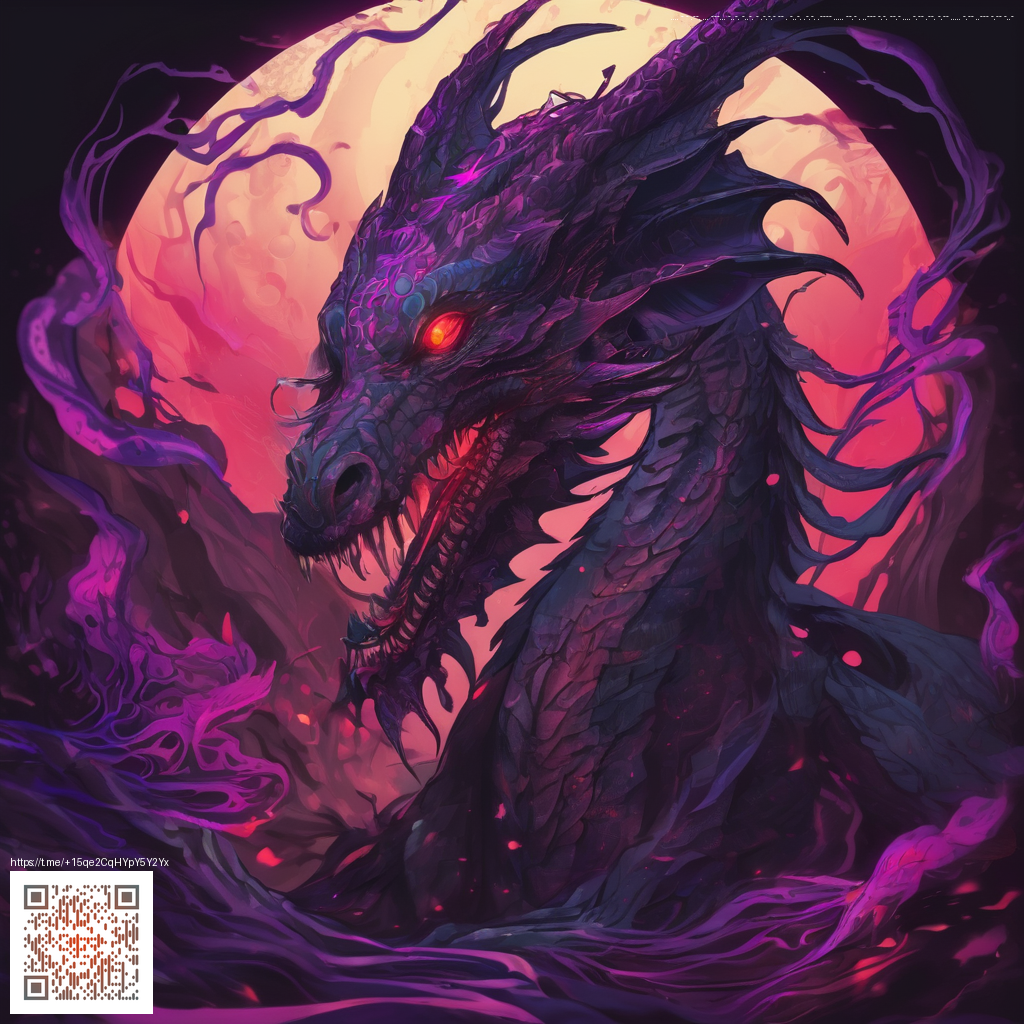
Shaping the action RPG landscape through bold experiments and accessible spectacle
The entry in question arrived with a promise to redefine what an action RPG could feel like on modern hardware. Its blend of real time movement, responsive combos, and cinematic set pieces created a rhythm that hooked both longtime fans and curious newcomers. While fans of the series were hungry for story payoff, the gameplay language itself became a talking point long after the credits rolled. The result was a title that didn t just refine a creed it expanded the vocabulary of the whole genre.
From the outset the game leaned into fast paced combat that rewarded timing, position, and strategic use of special moves. It introduced mechanics that let players morph their weapon on the fly, opening up a range of playstyles within a single encounter. Paired with a steady stream of flashy, high impact moments, the game demonstrated that action RPG design could balance intimate, precise blade work with spectacle that lands like a cinematic crescendo. These choices left a mark on how developers think about tempo and scale in real time combat.
What shifted in the gameplay grammar
- Real time depth with a broad toolbox for combos and counters that keep players engaged without overwhelming them.
- Keyblade Transformations offering dynamic changes in how you attack, defend, and chain abilities during a fight.
- Attraction style attacks that resemble park ride sequences are unleashed as dramatic finisher moments, turning boss fights into memorable spectacles.
- Streamlined world pacing that emphasizes narrative beats and major confrontations over sprawling open exploration, while still encouraging player skill development between milestones.
In tandem with these shifts, the design team experimented with the game s rhythm by weaving story progress into battle tempo. Boss encounters became more than tests of reaction; they functioned as stage moments that push players to adapt their approach. The outcome is an action RPG that rewards mastery while inviting players to relish the showmanship of every clash.
Developers emphasized a balance between nostalgia and modern action as the project progressed, aiming to preserve the core charm of the franchise while offering something accessible to newcomers. The result was a combat system that rewards experimentation and sustained skill rather than rote button mashing.
The release window also shaped community discourse. The game arrived with a fan base eager for payoff after a long journey, and initial reception highlighted how the blend of depth and spectacle could set a new standard for action oriented RPGs. When the Re Mind DLC arrived for the PlayStation 4 on January 23 2020 and later for Xbox One on February 25 2020 it added depth with additional modes and fresh challenges that kept the conversation alive and broadened the game s lasting appeal. Fans dug into new arenas, tested their loadouts against tougher foes, and debated the best combinations for late game playthroughs.
Community pulse and ongoing dialogue
Community members quickly turned to theory crafting and performance analysis, dissecting how the new mechanics altered late game pacing and what it meant for future titles in the genre. Speedrunners began to chart routes that emphasized the most efficient use of transformations and attractions, while casual players shared stories of how a single boss fight could teach them a new control nuance. The shared experience reinforced the idea that complexity can coexist with approachability when the design rewards practice and curiosity.
Modding culture in this space tends to follow platforms and release windows. On console focused titles, modding tends to appear in the form of fan guides, skin and cosmetic conversations, and curated challenge runs rather than widespread user generated content. Still, the community s enthusiasm manifests in gallery sized fan art, thoughtful critique in forums, and a steady stream of videos highlighting clever combat setups and boss mechanics. The synergy between community insights and official updates helped keep the title relevant long after its initial launch window.
Legacy and the wider action RPG ecosystem
What stands out most is how the title demonstrated that cinematic storytelling and tight action gameplay can reinforce one another. It showed that a well designed battle system can carry a story through pacing, letting its most dramatic moments feel earned rather than manufactured. This approach nudged other developers toward experimentation with spectacle both inside and outside traditional boss arenas, encouraging a style in which threads of narrative momentum align with the thrill of performing a flawless combo.
In hindsight, the entry becomes a touchstone for discussions about how genre boundaries shift. It proves that genre evolution is less about chasing a single trend and more about weaving together mechanics that feel tactile, responsive, and expressive. For players who crave both story and substance in action RPGs, this title remains a reference point for what a mature blend of spectacle and skill can accomplish.
Neon Rectangle Mouse Pad Ultra-Thin 1.58mm Rubber Base